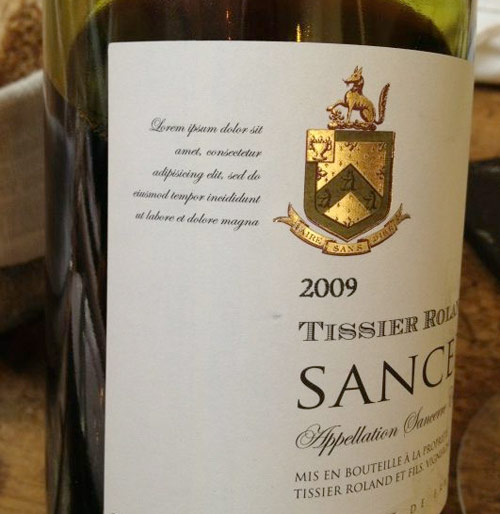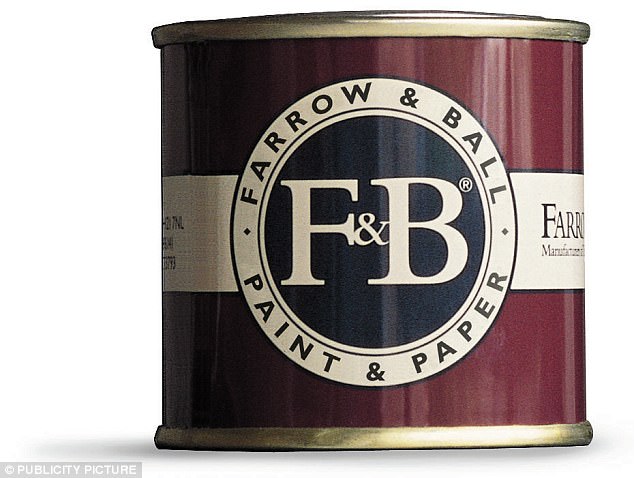It’s very easy to get completely caught up in designing your first, or latest, product. It’s the bringing to life of your idea. Somehow it suddenly gets to feel real.
With the designer, you agonise over colours, graphics and logos, textures, paper type, packaging type. Whether they’ve spelt your brand right. But all the other words on there?
Oh, that’s okay, everyone says, it’s just the copy, we’ll tweak that later. Here’s some lorem ipsum to fill the space. And then time goes on, it all goes mental, deadlines are upon you, and boom, you’ve launched.
You, and the lorem ipsum.
Don’t believe me? Check out this post from Elezea on what happens when placeholder copy doesn’t get replaced, from which this real-life example comes.
Couldn’t happen to you?
Of course not. All the examples in that piece are just amateurs. I mean, that’s just a cheap looking bottle of wine, right?
No one ever means for it to happen, but it does. And I’m not blaming you, or the design world, but when you overlook copy from the start, it’s easy for that to continue.
Why product copy matters
I wrote about the 0.75-second rule a couple of weeks ago. In the instant that a customer makes a decision, all the elements of a product on a shelf have to say something that makes customers feel something. The design might do all of that. But do you think this design is what makes people love Farrow & Ball?
But when life had been about Magnolia, and then along came paint shades called Dead Salmon or Sulking Room Pink, do you think people noticed?
In this piece by Haris Imran, he says “people connect emotionally with a product when it adds value to their lives, and good copy helps communicate that”. Don’t get me wrong; this is not a crusade from a writer against design. Writing cannot do everything. But it also doesn’t do nothing.
Every word we write and put out there has the chance to strengthen or weaken our relationship with the people we want in our tribe. Those words also support, or potentially destroy, your brand authenticity.
Design first or copy first?
Well, I think the answer is, it depends on the project. For example, I’m working with a client at the moment who had a chunk of the design work already done. In this case, it had a real impact on the product copy I’m writing. It’s a clear visualisation of one part of the brand story. Seeing the design helped me make sure the words and images were in sync, telling the same story.
In the 0.75 seconds at the point of sale, it’s vital that you don’t confuse the potential customer, that you don’t add to their anxiety about whether the product is right for them. For example, if your design looks scientific, and then you’ve got words that include “unicorns” or “rainbows”, it’s likely to be confusing. I can imagine walking away from a product like that.
So which comes first?
Of course, the ideal answer is neither; they happen side by side. What really needs to come first is your brand story and your brand positioning. Those are the key things for both your design brief and the brief to your writer. Or the guidelines you give yourself if you’re going to do the writing.
Your product copy needs to play its part in your brand story, so it’s worth spending the time getting that straight first. If you need some help, then maybe worth reading this piece about what a brand story is.
A great design brief would include your brand story, and the same goes for a copy brief. Even if you’re going to write the copy yourself, perhaps especially in that case, you should revisit your brand story and have that right at the front of your mind as you start writing.
Really my answer is that neither of them comes first, your brand story does.
Making your copy and design work together makes for the most memorable customer experience, and hopefully leads to strong customer loyalty and brand love. You want to achieve real standout, for the right reasons. Do not add to the lorem ipsum hall of infamy!


